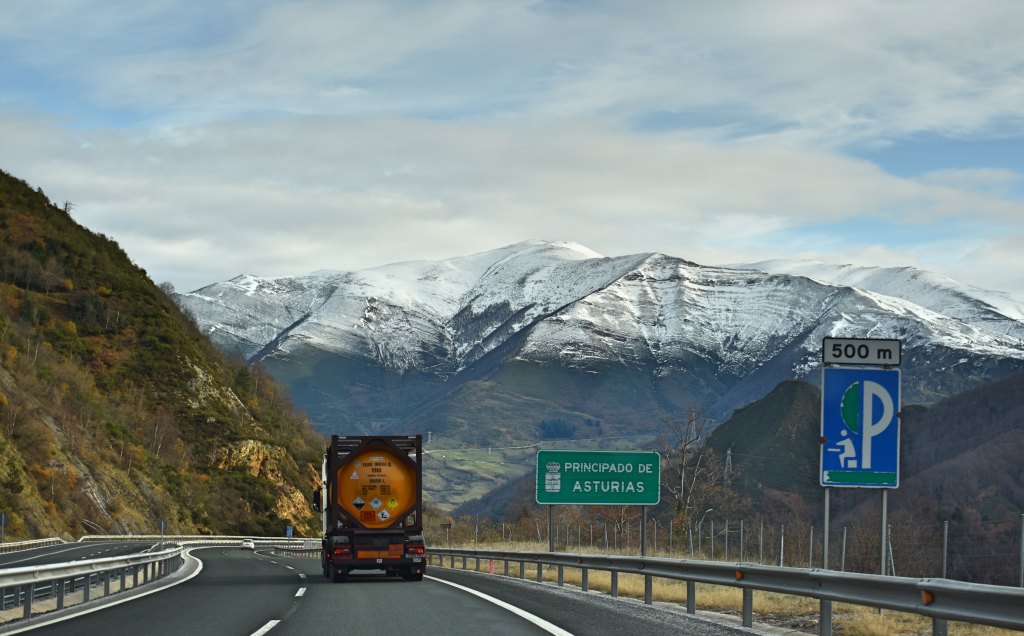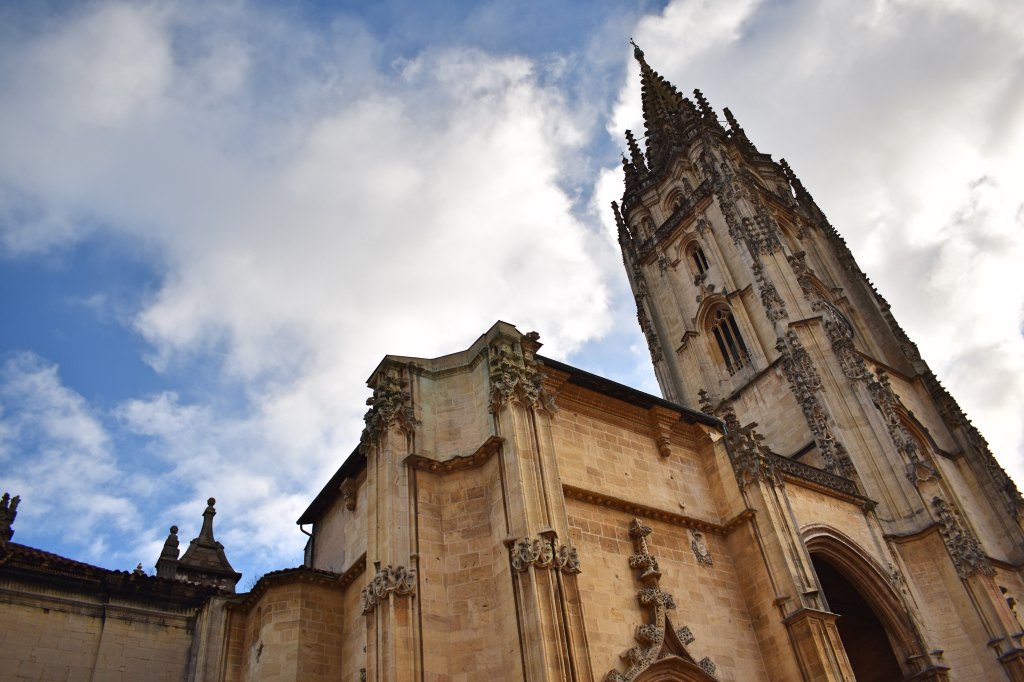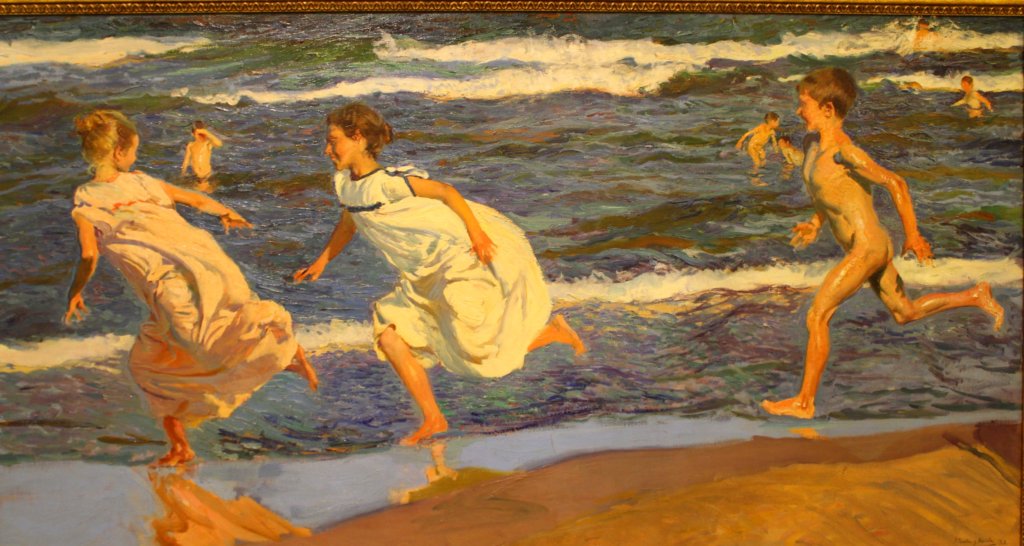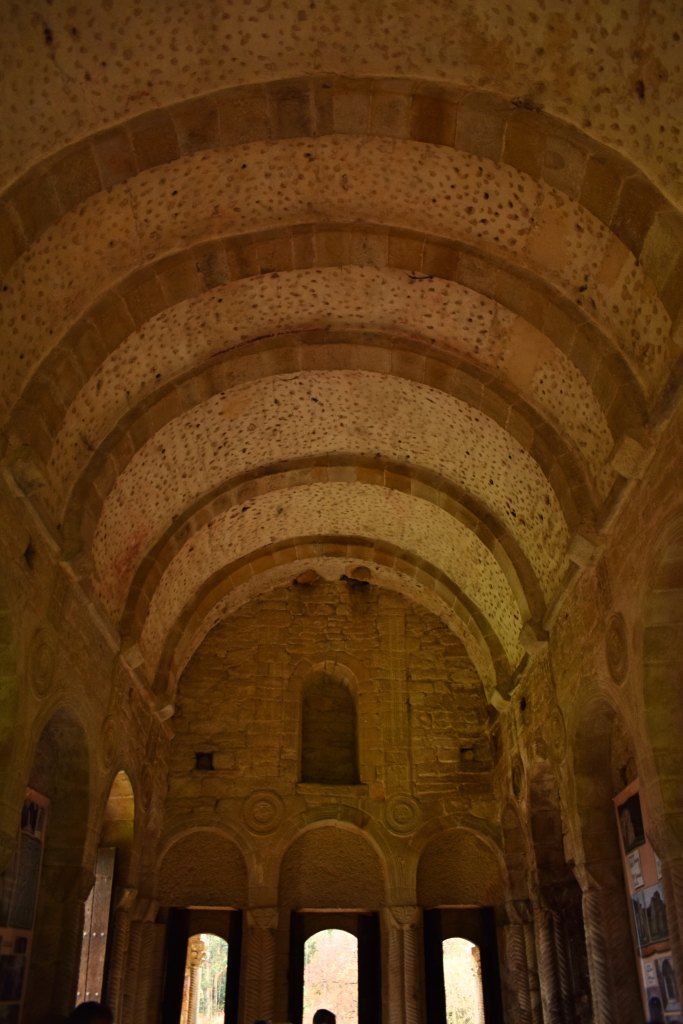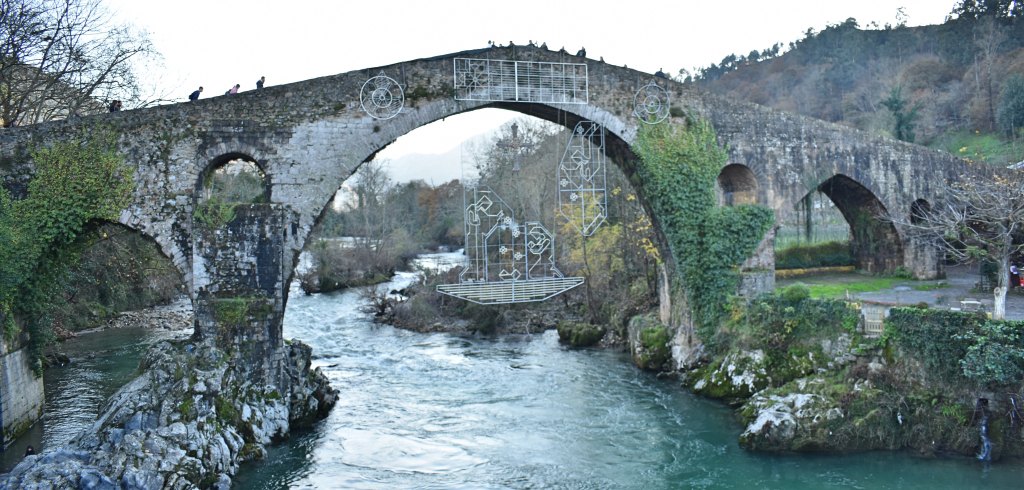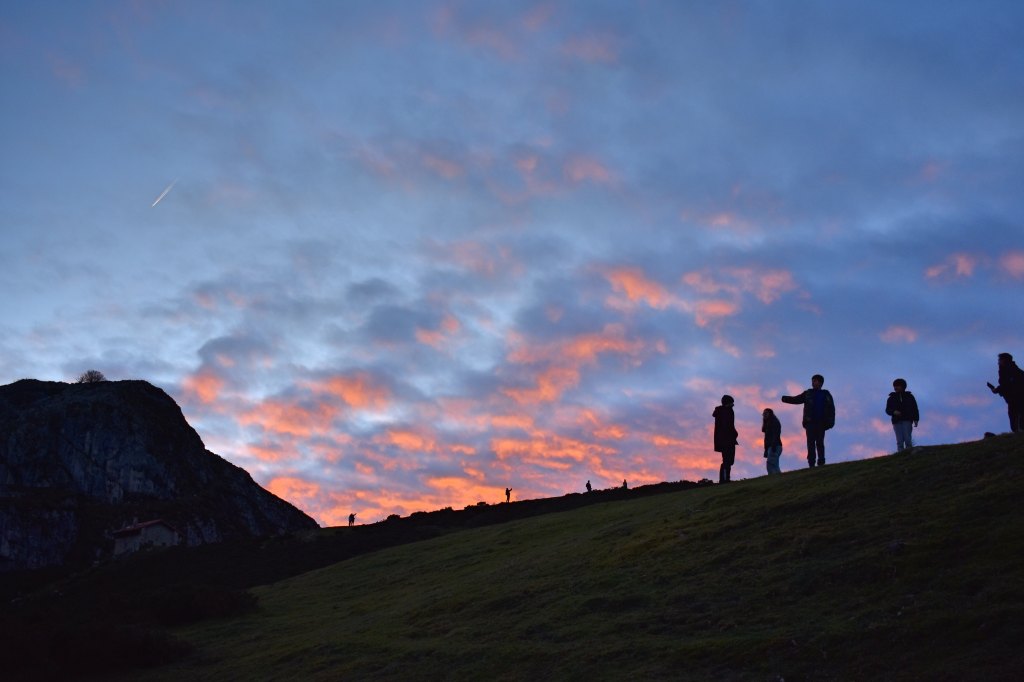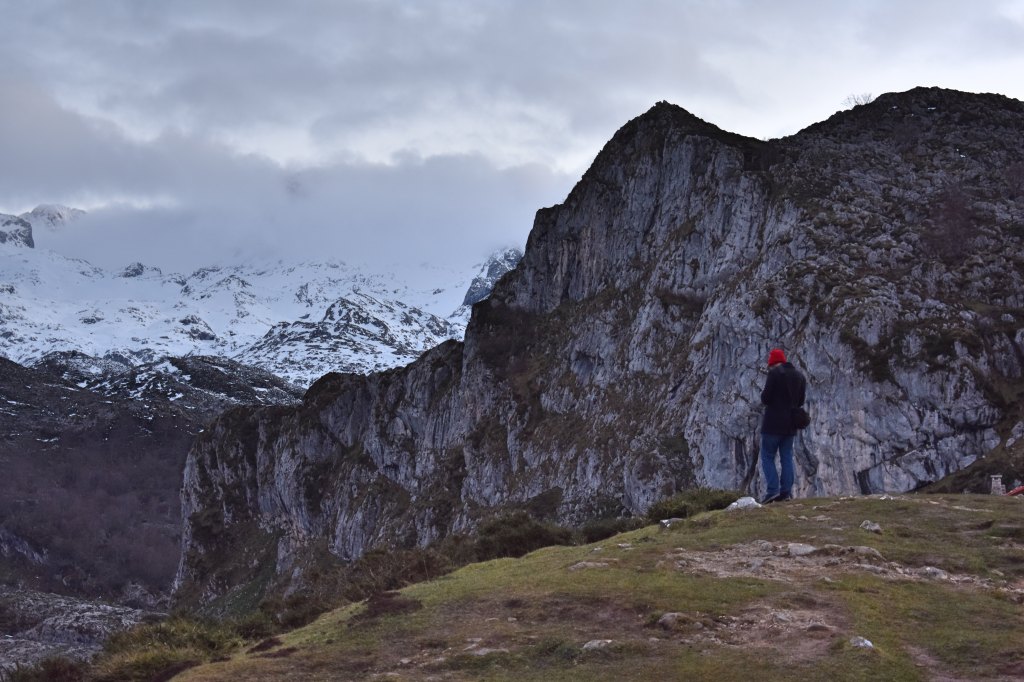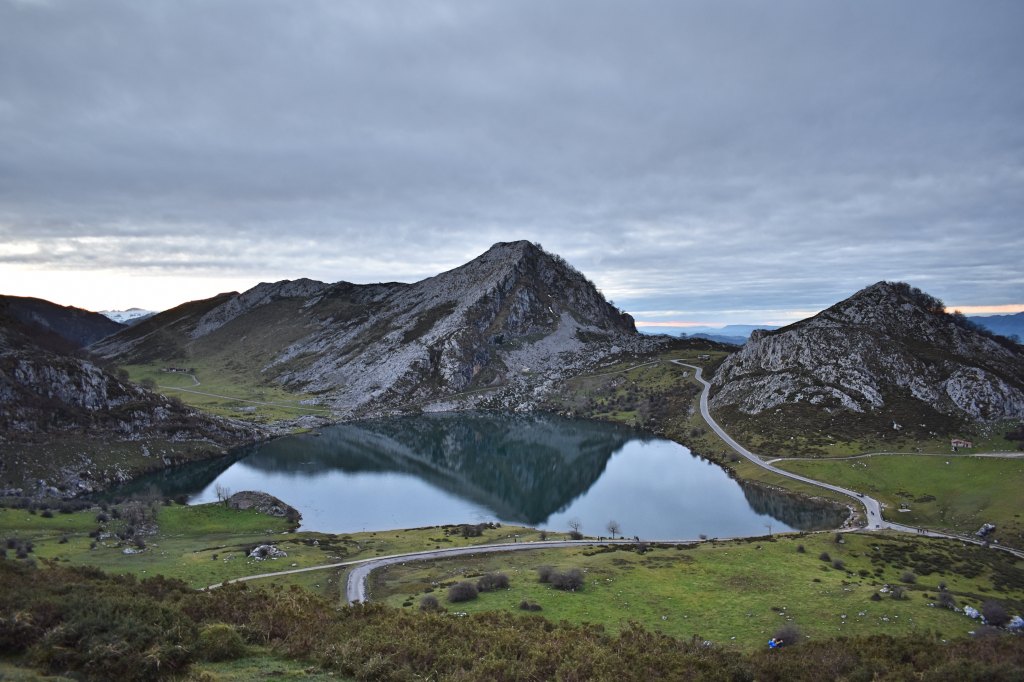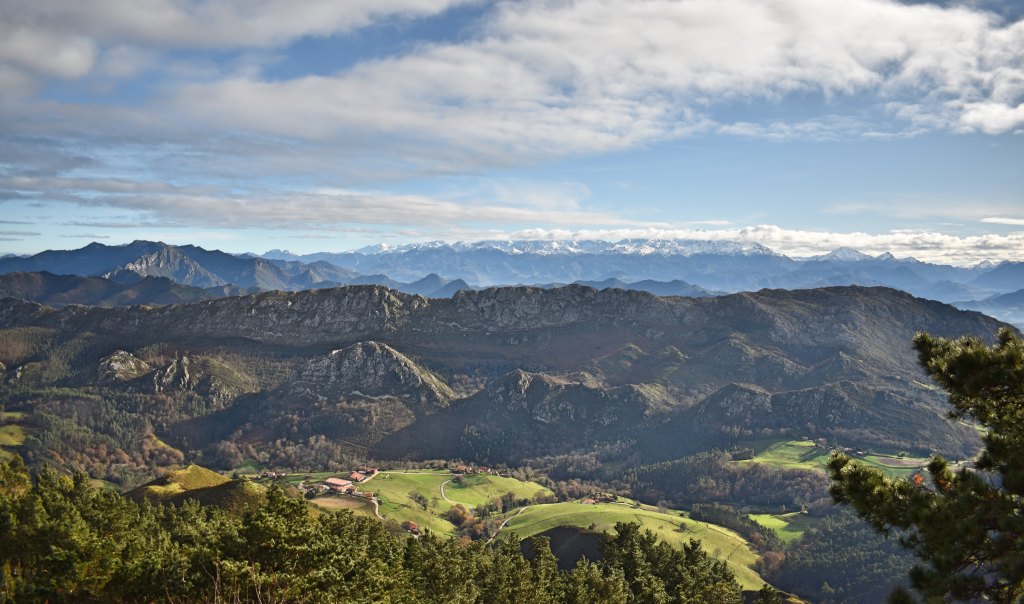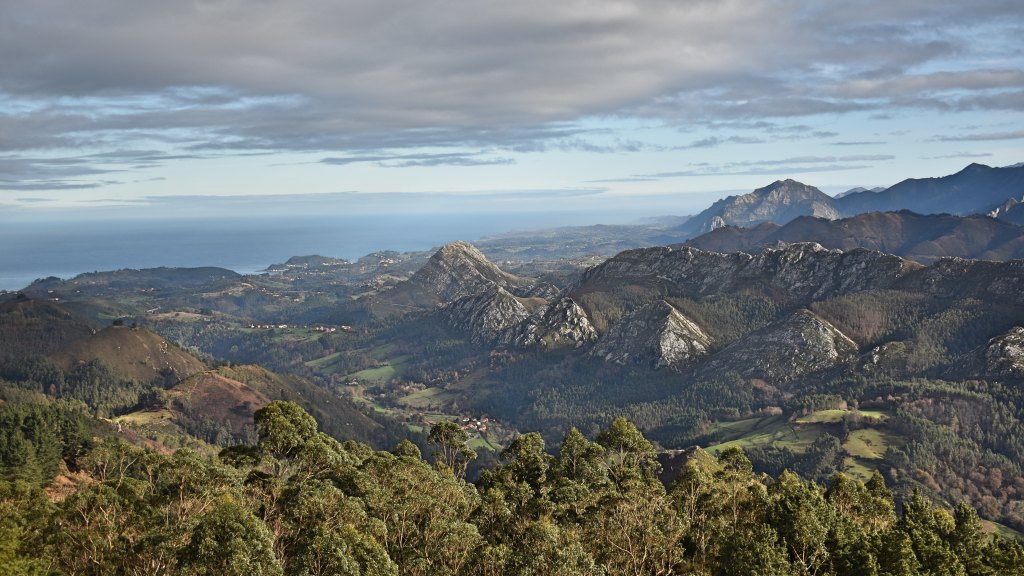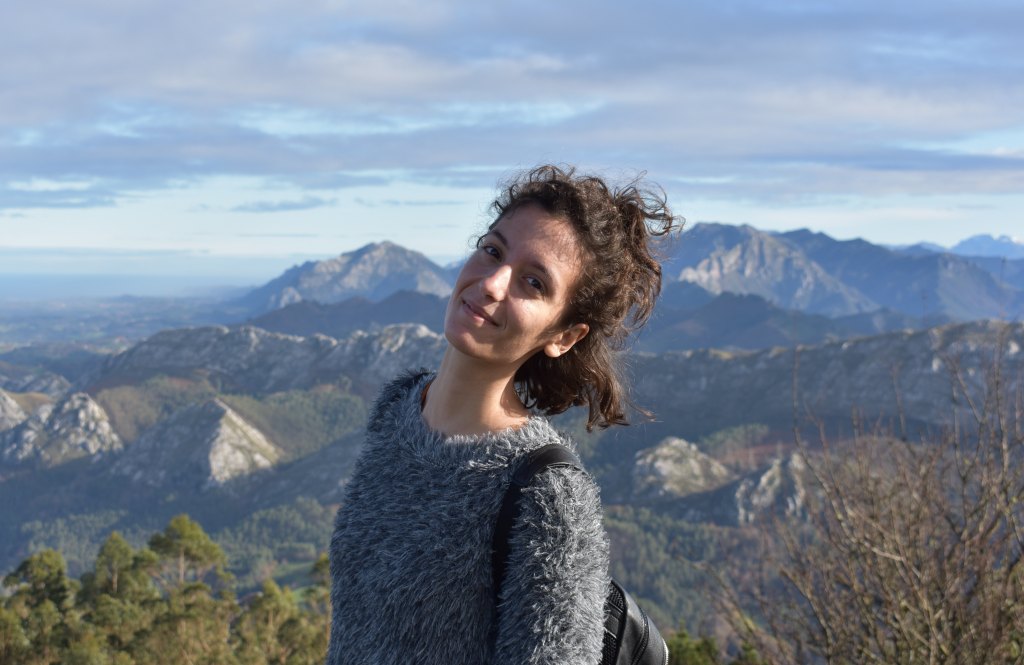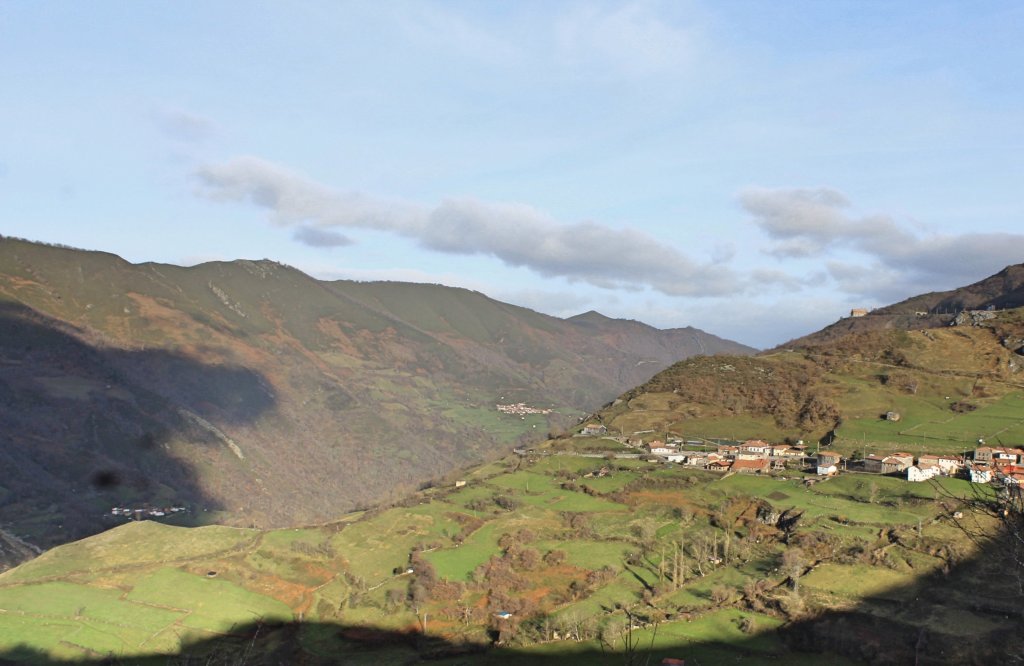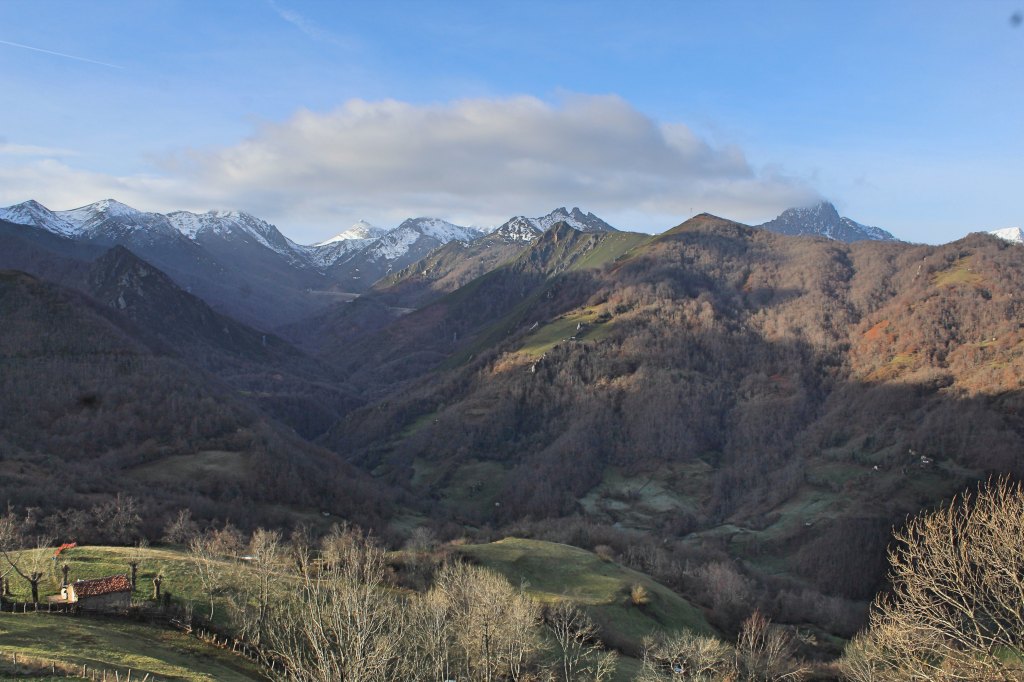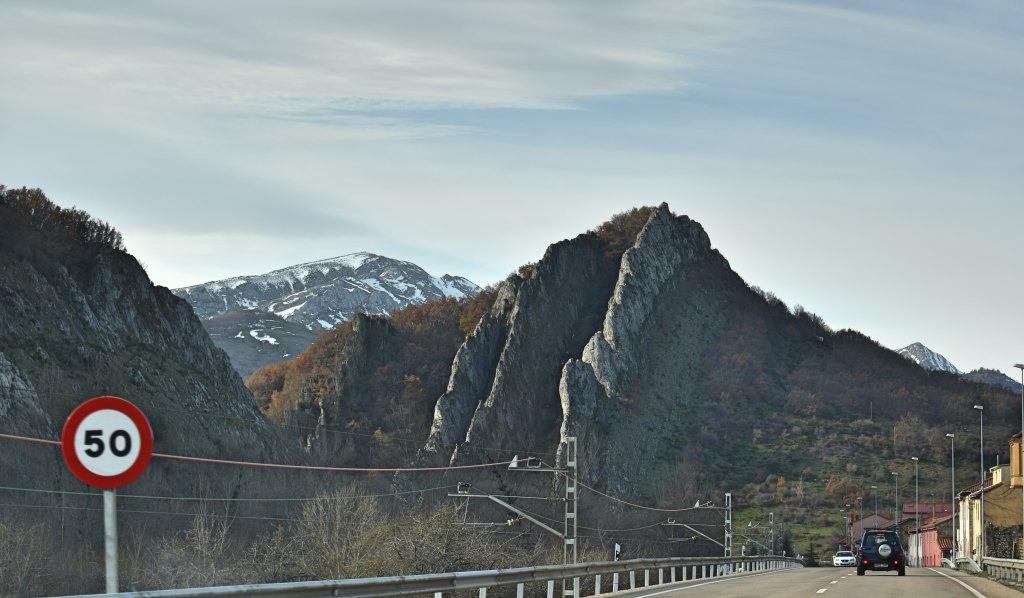2022 on Goodreads by Various
My rating: 4 of 5 stars
I have the nagging feeling that I’ve gotten lazy about reading—as if I fail to prioritize it, or that it is rarer for me to get swept up into a book. When I examine the books I did manage to read, however, I see that I have had an altogether decent year in this department. In any case, it is wiser to focus on the positives.
As usual, my reading was divided between certain themes and a random spattering of other books.
One major theme—arguably the dominant theme of the year—was music. The first book I completed was Paul McCartney’s The Lyrics, which coincided with my second viewing of Peter Jackson’s incredible Beatles documentary, Get Back. This reignited my Beatlemania and, more generally, my musical fandom. During the course of the year, I made my way through three books on blues, a history of jazz, a history of music in New York City, a history of modern pop music, biographies of Biggie Smalls and Bob Dylan, and the memoirs of Bob Dylan, Pattie Smith, and Miles Davis. Of these, the absolute best was Miles Davis’s Autobiography, which is so engaging, so full of great stories, so illuminating, that it easily ranks among the best books of the year. And I should also mention Malcolm Gladwell’s audiobook on Paul Simon, a delightful little gem. If nothing else, I am grateful to have reconnected with my love of music this year.
Another, rather vague category could be termed “nature and adventure.” This incorporates Ken Burns’s excellent documentary on America’s National Parks, a book about the Hudson River school of landscape paintings, as well as several accounts of getting lost in the wilderness. Most of these combine danger with discovery: Lewis and Clark’s journals on their voyage across the country, Ernest Shackleton’s account of his failed attempt to cross Antarctica, and Steven Callahan’s record of his struggle to survive in an inflatable life-raft. Best of all was Over the Edge of the World, Laurence Bergreen’s book about Magellan’s journey around the world. This last book was such a winning combination of excitement and historical interest that I would recommend it to nearly anyone.
In the realm of fiction, I made my way through some old classics: Eugénie Grandet, Eugene Onegin, The Charterhouse of Parma, Ivanhoe, As I Lay Dying, The Scarlet Pimpernel, and Their Eyes Were Watching God… My absolute favorite was younger, slimmer, and more stylish than these hoary volumes: Italo Calvino’s If on a winter’s night a traveler… Though not profound, it is a delightful work which manages to be utterly post-modern without being annoying (well, it is slightly annoying). I should also mention Camus’s The Fall, which is certainly profound but not quite delightful.
By far the longest book I finished was a history of science in Spain, El país de los sueños perdidos. I feel almost silly for having dedicated so much time to it, since I neither enjoyed it very much nor learned what I hoped to learn. My most popular review of the year was of David Graeber’s posthumously released book, The Dawn of Everything, which somehow managed to be both brilliant and disappointing at once. Meanwhile, the most-represented author on my list is none other than Rick Steves. Somehow, this dorky, goofy tour-guide absolutely won me over. In addition to reading three of his books, I watched all of his travel programs on YouTube—learning a lot about European travel and travel writing in the process.
Two of the most moving books of the year concerned the holocaust: Anne Frank’s diary and Elie Wiesel’s Night. The books are, in a way, complementary, as they are both written from the perspective of a young adolescent swept up in this catastrophe—indeed, Wiesel’s book begins where Frank’s diary ends, at the gates of the concentration camp. These first-hand accounts of human cruelty were supplemented by Paul Preston’s book on atrocities committed during the Spanish Civil War. There seem to be no depths too deep for us to sink to. But since I don’t think a book review—or the year itself, for that matter—should end on such a dark, depressing note, I also would like to mention that I finally read some books on Norse Mythology, which were lovely.
I suppose if next year’s books are just as good as this year’s, I will have no cause to complain. And, as always, the pleasure will be all the greater with the Goodreads community.
To see the rest of my books, click here.
View all my reviews


